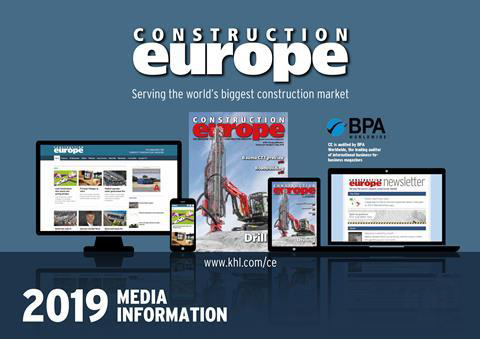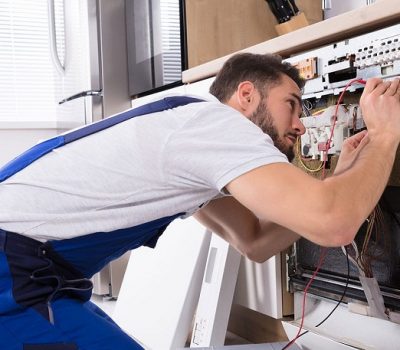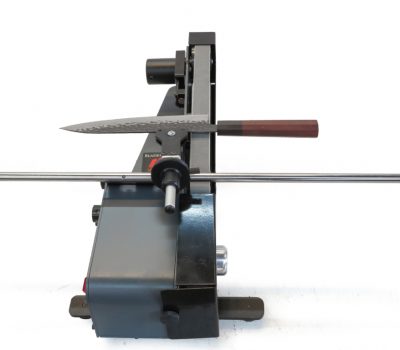
Traditional vs. Modern Underpinning Costs
Traditional and modern construction and structural strengthening techniques are debated on many fronts, especially in underpinning. The basement underpinning, a city with various architecture and soil types, this issue is practical. Homeowners, engineers, and builders must examine the financial consequences of old and new foundation systems. Beyond price tags, understanding these expenses requires understanding each approach’s complexity and long-term benefit.
Traditional underpinning, or mass concrete underpinning, has a long history in construction. This process of excavating soil beneath a foundation and replacing it with concrete is simple and secure. This strategy has multilayer financial aspects. Budget-conscious projects may prefer it since labor and materials are cheaper than more technologically advanced approaches. This affordability can be misleading. Extensive excavation raises labor costs and property damage, increasing indirect expenses.
Additionally, traditional underpinning takes time. Underpinning projects can take weeks or months, increasing costs, especially for commercial properties where downtime means lost revenue. Traditional methods’ invasiveness may require households to move temporarily, adding financial pressure that is not apparent in early bids.
Modern underpinnings change the financial narrative. Resin injection, mini-piling, and hydraulic jacking are cutting-edge underpinning methods. Although fast and less intrusive, these procedures have varied costs. Due to specialized equipment and materials, these technologies may cost more to start. Examining the financial picture reveals long-term savings.
Modern underpinning technologies decrease direct and indirect expenses by requiring less effort and stabilizing a structure faster. The less disturbance allows businesses to continue operations and residents to stay in their homes, saving money on relocation. Precision in current methods allows for more targeted therapies, minimizing the risk of problems and costs.
The environmental cost is another factor. Modern, less-invasive underlying methods are usually greener. This can save money on waste removal, site repair, and environmental fines.
The choice considers time, interruption, environmental impact, and property owner value beyond the current project. These financial comparisons will guide tomorrow’s construction decisions as the sector evolves.








